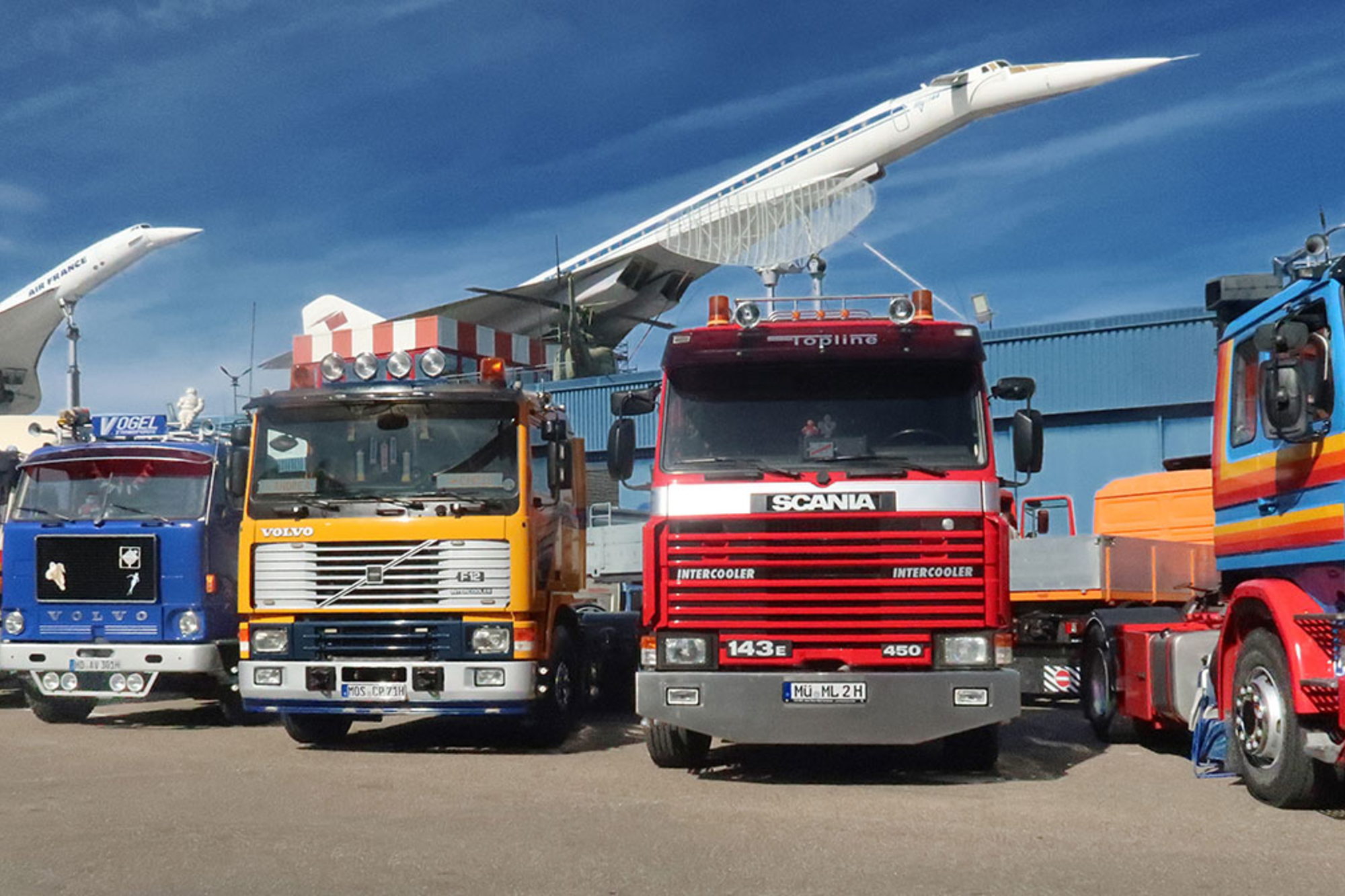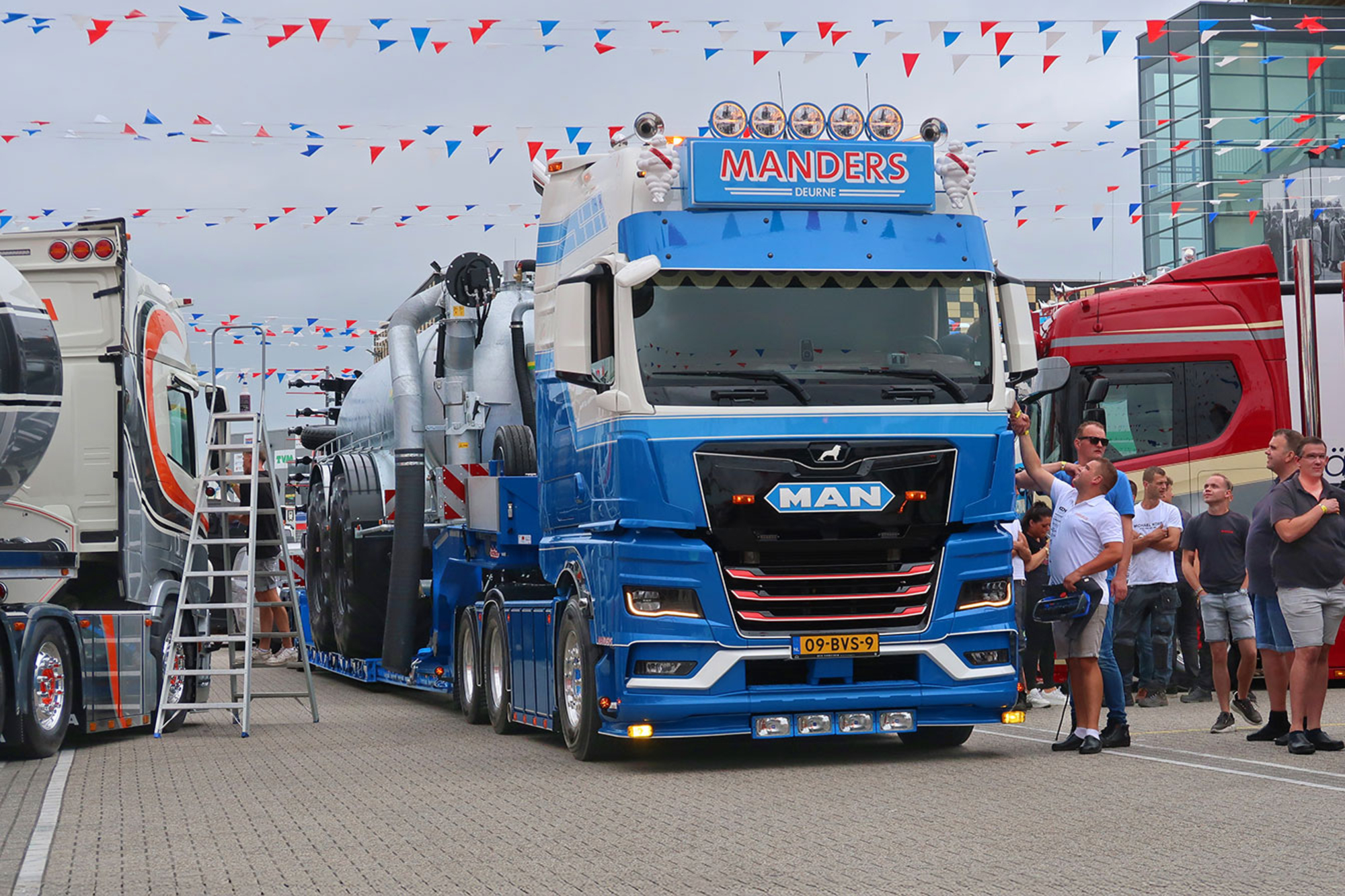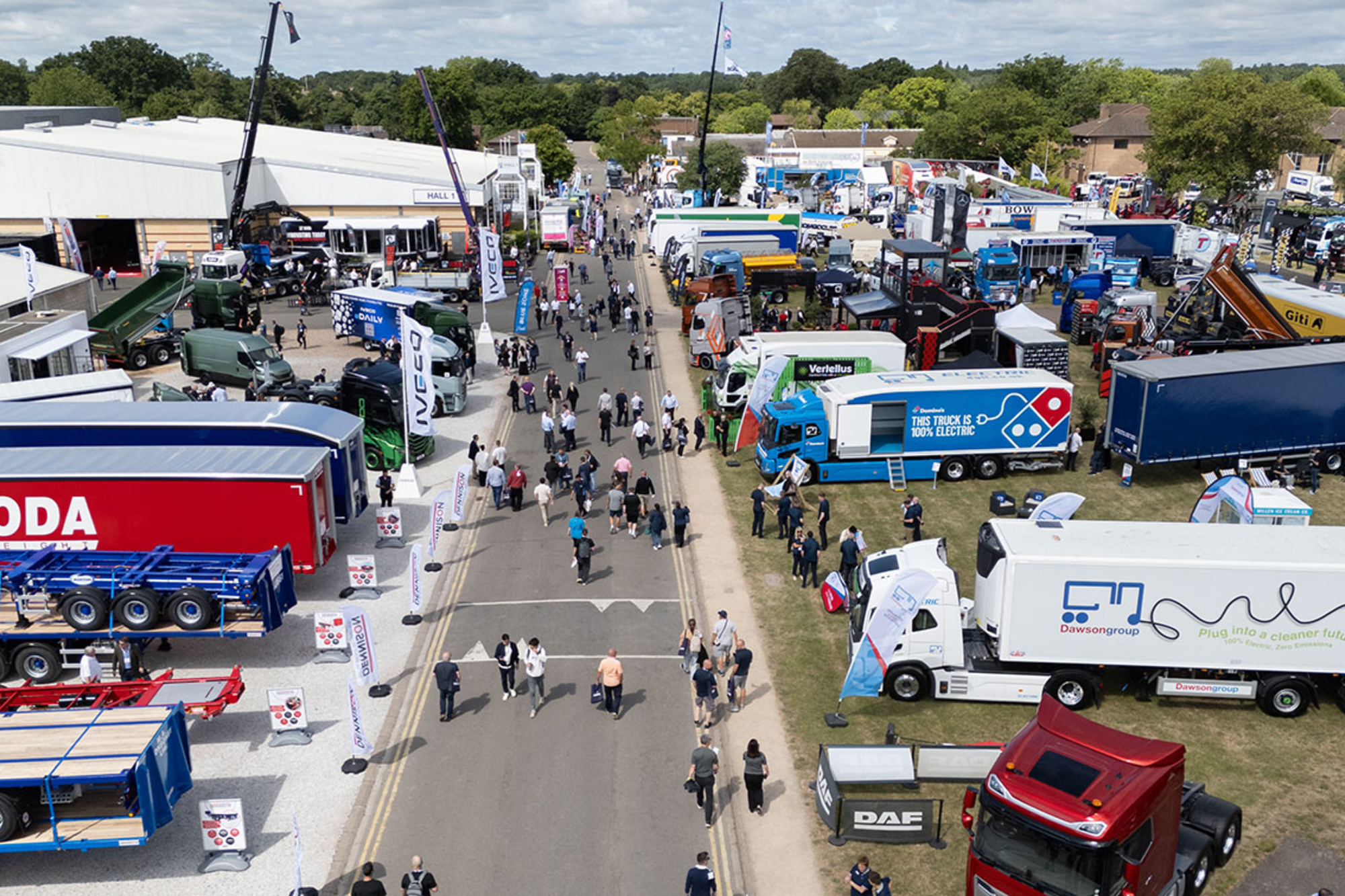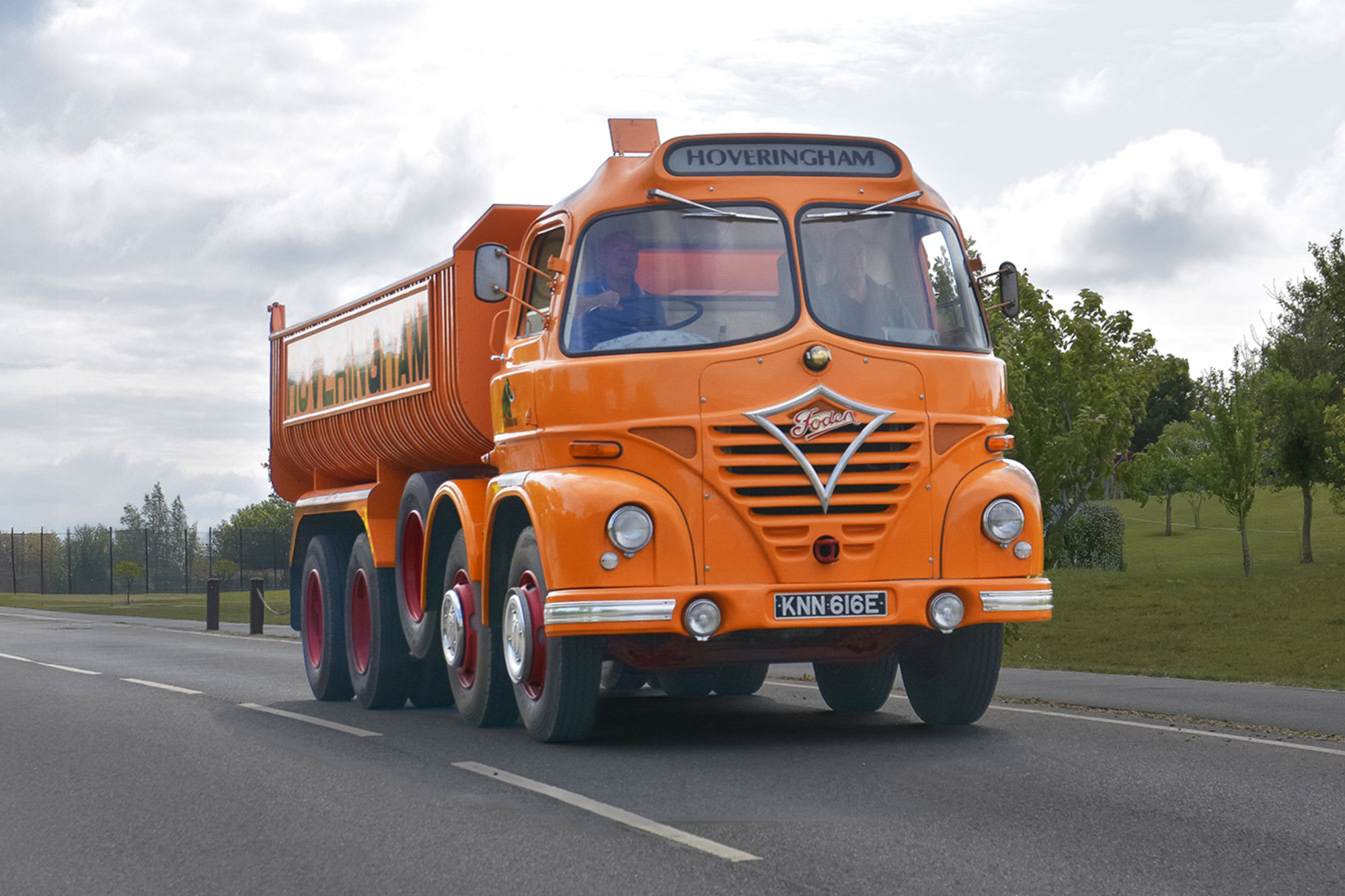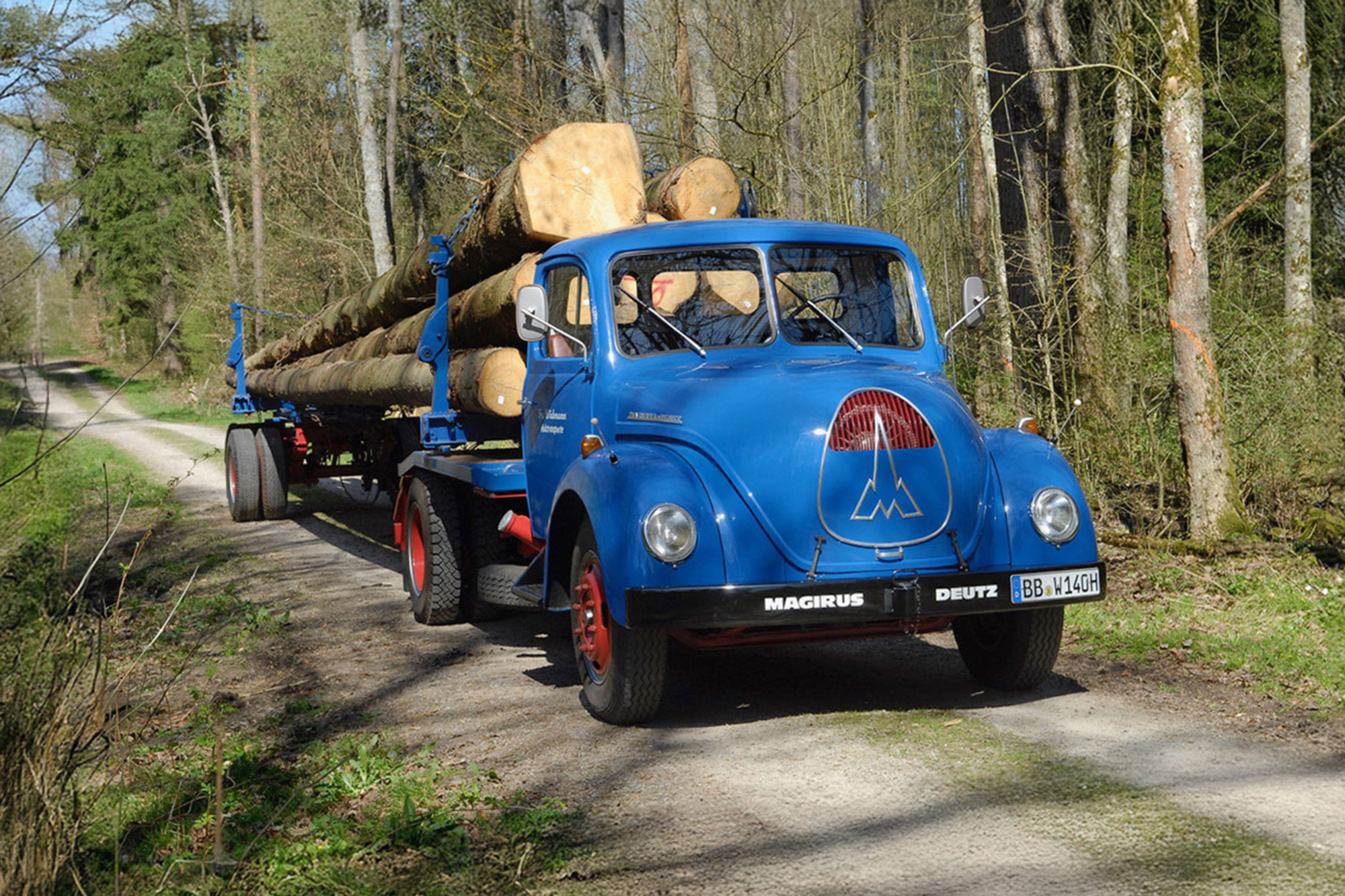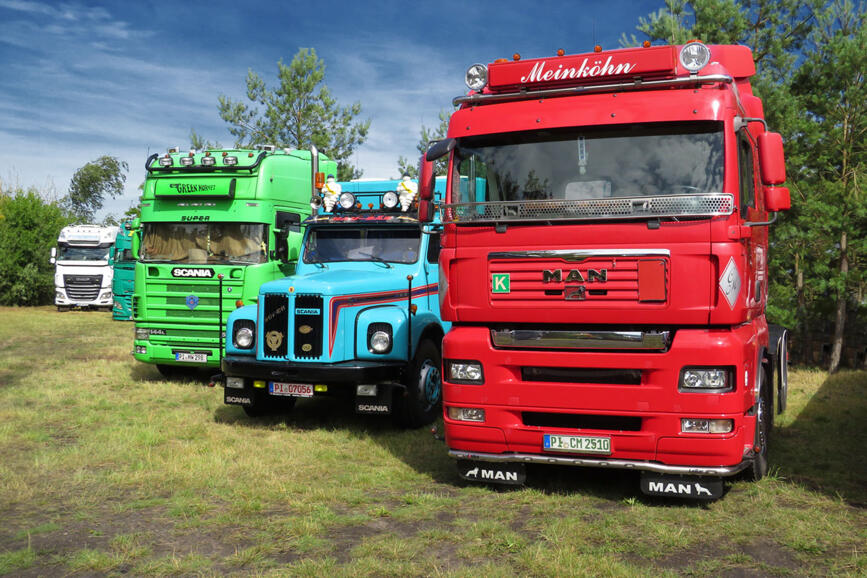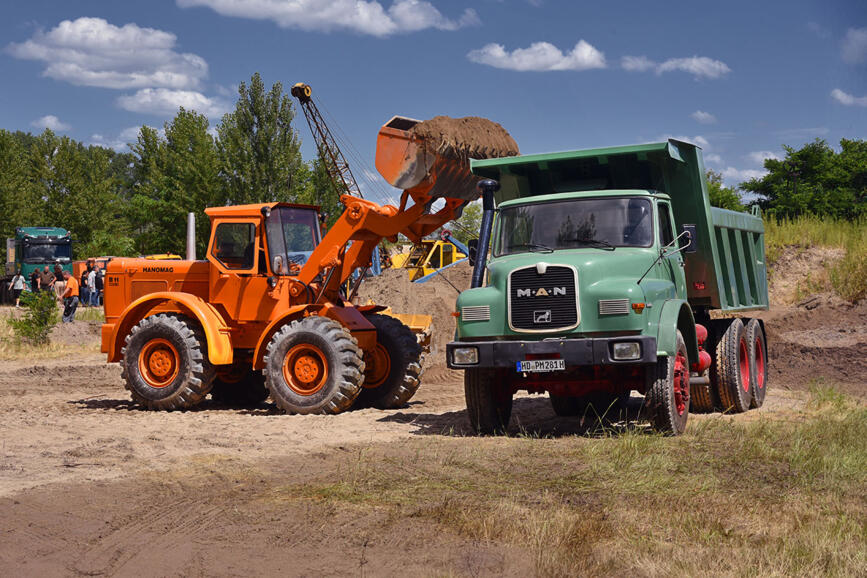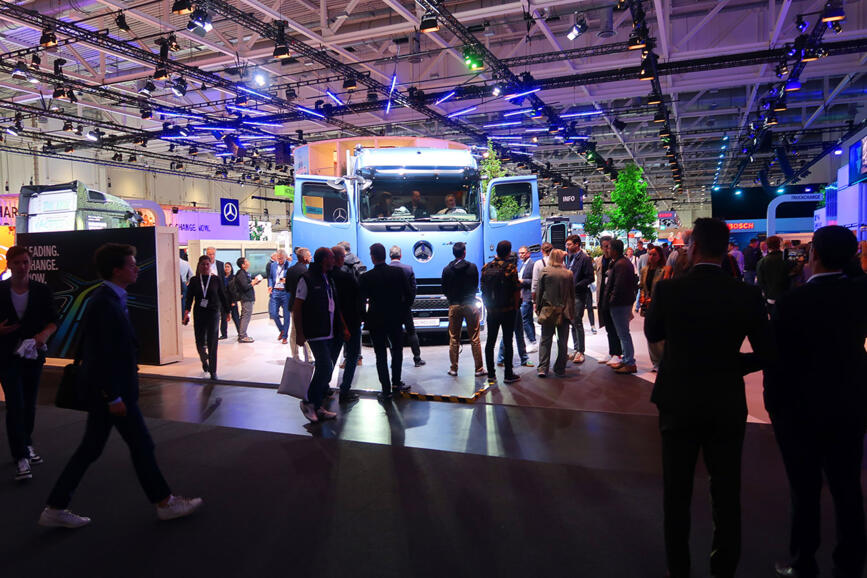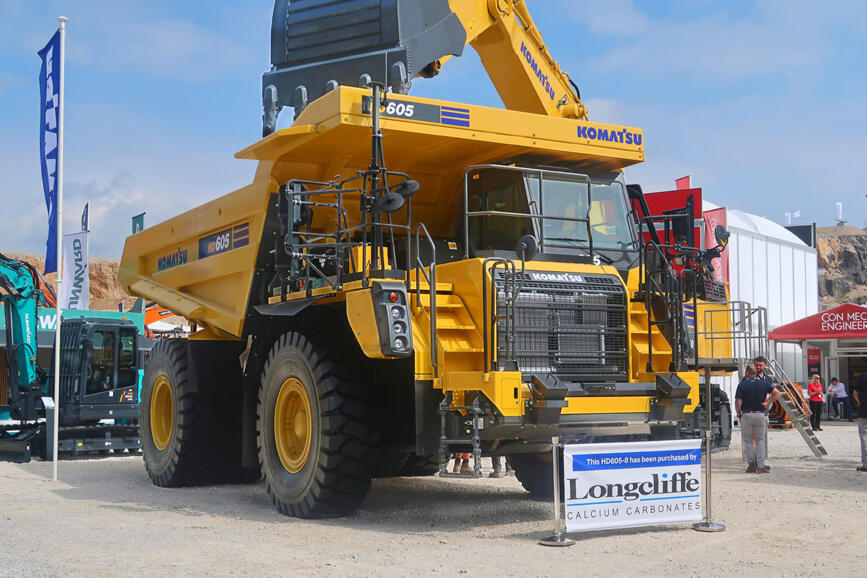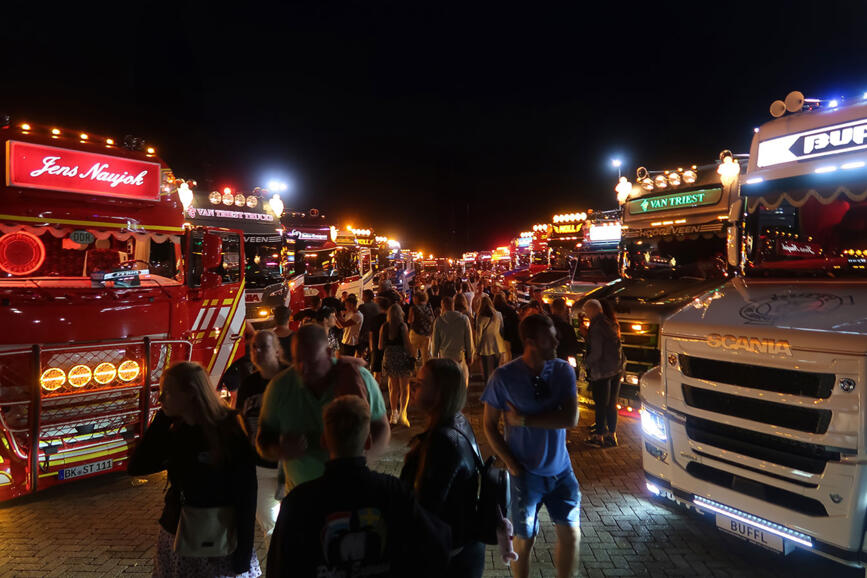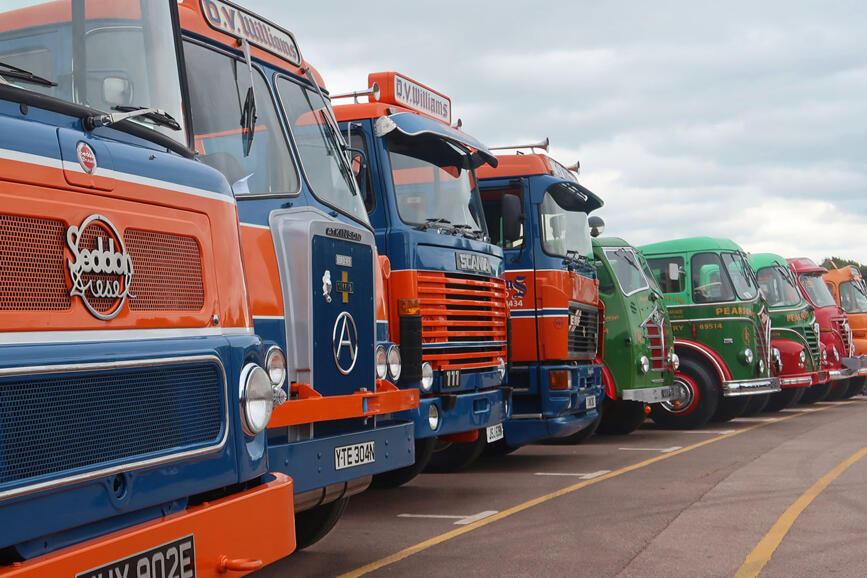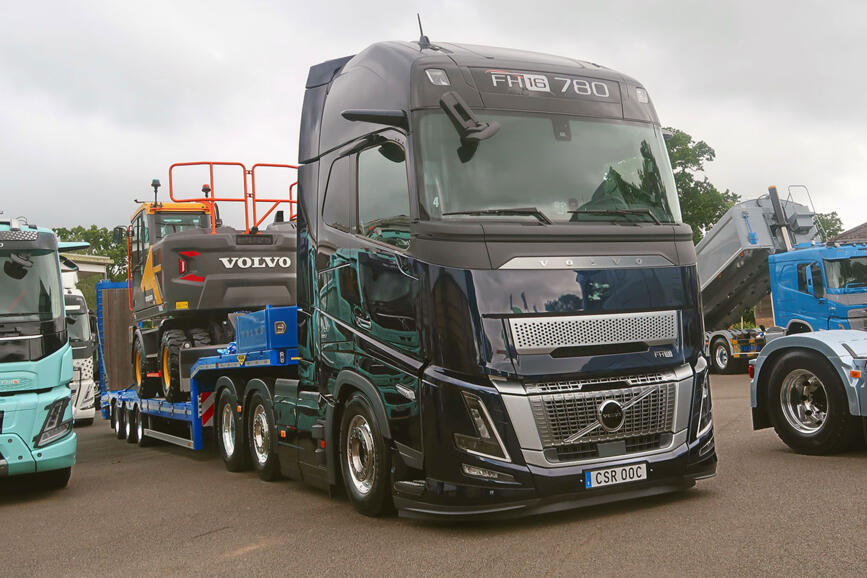The 1st Historic Black Forest Timber Days 2025
Long timber and general cargo transportation in a historical setting
How did tree trunks up to 14 meters long get from the railroad wagon to the truck trailer in the past? And how were the typical products of the timber industry, i.e. sawn timber and wood wool, as well as general cargo such as barrels, crates and sacks, which were common at the time, transported to truck platforms without forklift trucks and lifting devices? You could experience all of this in the Black Forest. The 1st Black Forest Timber Days took place at the historic Seebrugg railroad station and the nearby Volk sawmill in Immeneich with vehicles from the years up to 1956. Everything matched the ambience of that time, even the work clothes of the participants. Around 1000 spectators came to the Black Forest to watch the spectacle.
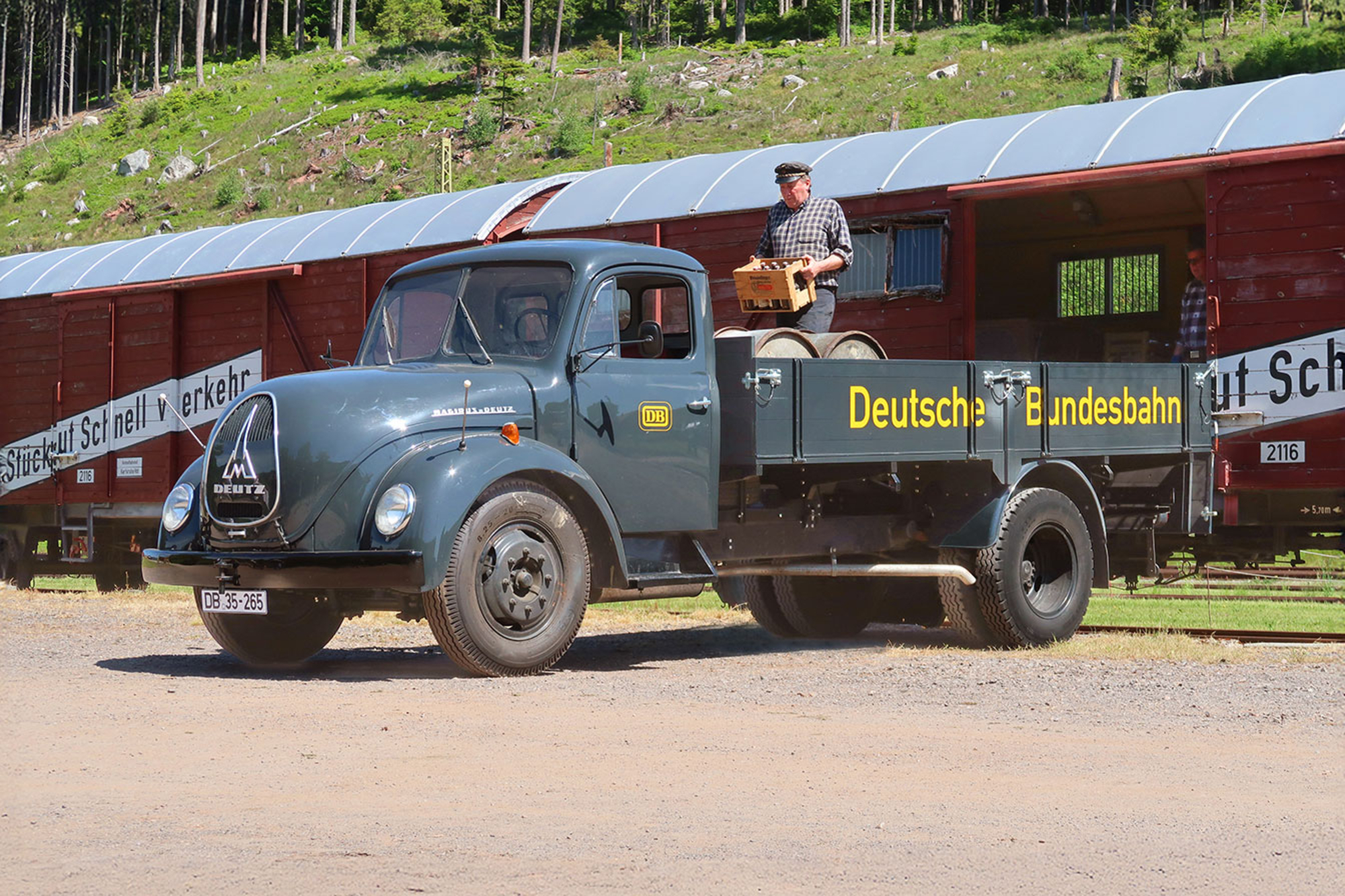
At the turn of the month May/June 2025, a somewhat different kind of classic vehicle gathering took place at the south-western tip of Germany: The 1st Historic Black Forest Timber Days, a time travel event. The organizers Jürgen Danner from Hamburg and Jens Reichelt from Dachsberg had come up with a scenic presentation unlike any other. Against the backdrop of the historic Seebrugg country railroad station and an equally ancient sawmill 23 kilometers away, transports took place as they were carried out around 70 years ago. Everything was true to style down to the last detail. Not only the railroad wagons, trucks and tractors transporting timber, the products of the timber industry and general cargo, but also the actors' work clothes reflected the era of the 1950s. The spectators were treated to an open-air theater that was not only informative, but also offered a journey back in time to a bygone era.
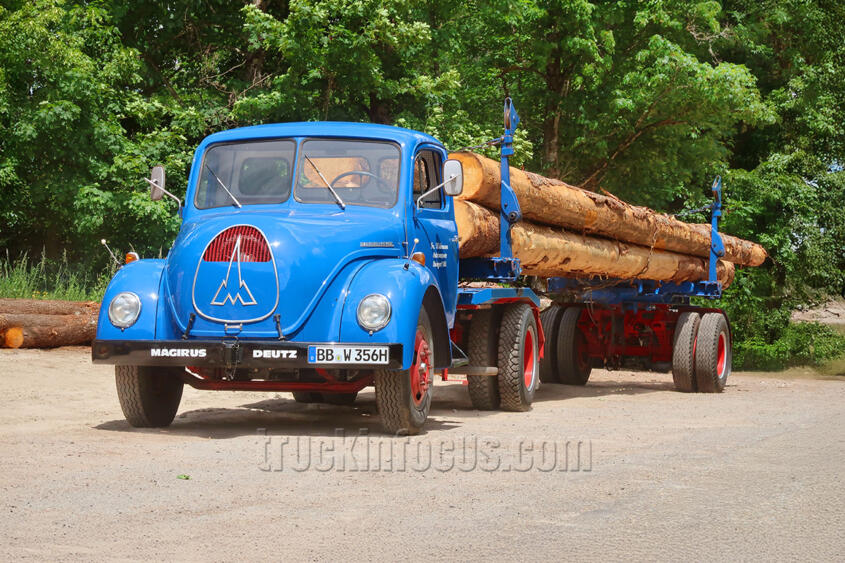
A four-axle rail car from the time before the Second World War had delivered tree trunks to the station. There they were loaded onto log trailers. Many of the spectators had never seen how the heavy logs were loaded onto the trailers from the side. Today, loading cranes with grabs handle this task in a fraction of the time. Back then, loading was carried out using two strong wire ropes that were looped around the ends of the logs. The unwieldy load was then loaded onto the trailers using an ingenious roller system and a motorized double winch on the towing vehicle.
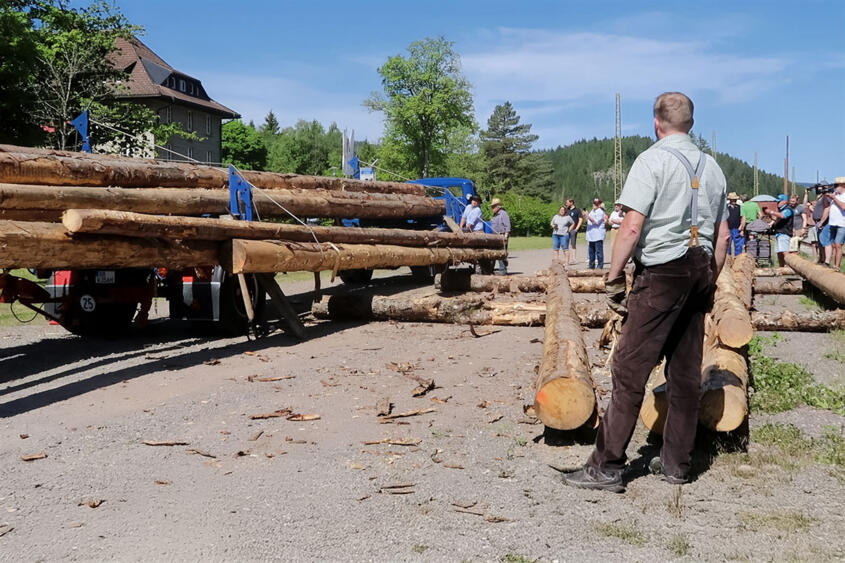
But it wasn't just about loading long timber, typical timber industry products such as boards and wood wool from the sawmill were also loaded onto the railroad for onward transport. In addition, the then ubiquitous general cargo was loaded from closed railroad cars onto trucks. Of course, all this was done without forklift trucks or lifting platforms. Instead, pure muscle power had to be invested to move the barrels, crates and sacks.
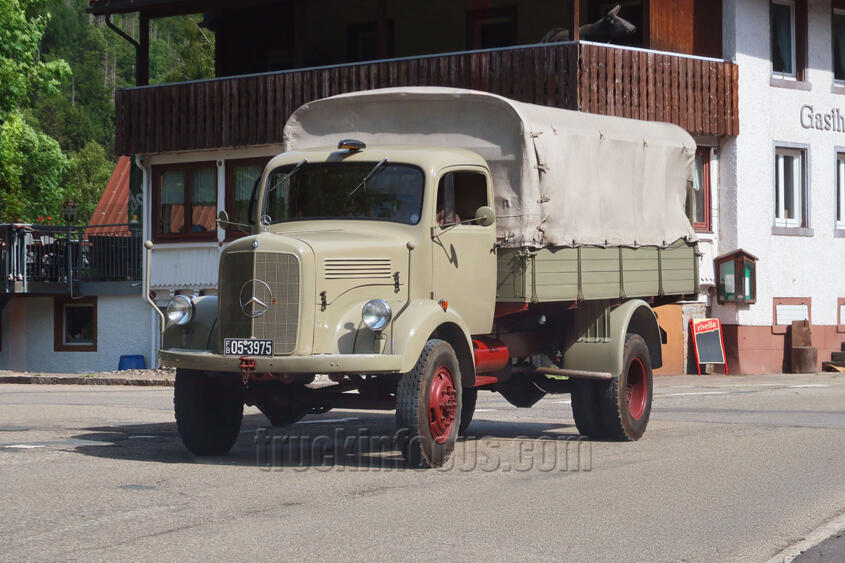
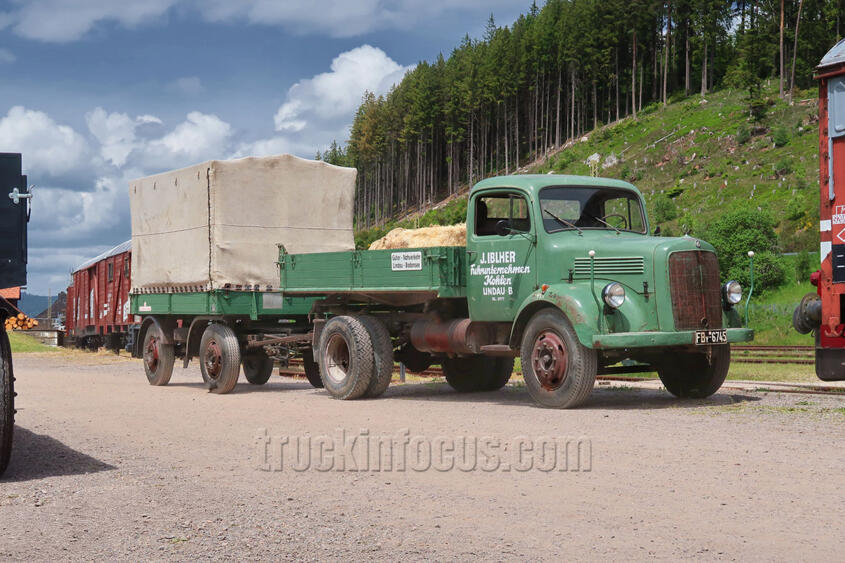
The ambience of the historic Seebrugg passenger and goods station with its buildings, the many old wagons, the running shunting locomotives, the hand-operated points and signals is a tourist attraction even without special events. In order to make use of this historical background and attract visitors, events are regularly organized under the direction of Jens Reichelt and the Förderverein IG 3 Seenbahn e.V., including Black Forest rides with historical trains, station festivals and even simulated fire department operations with historical vehicles. Find out more at https://www.3seenbahn.de
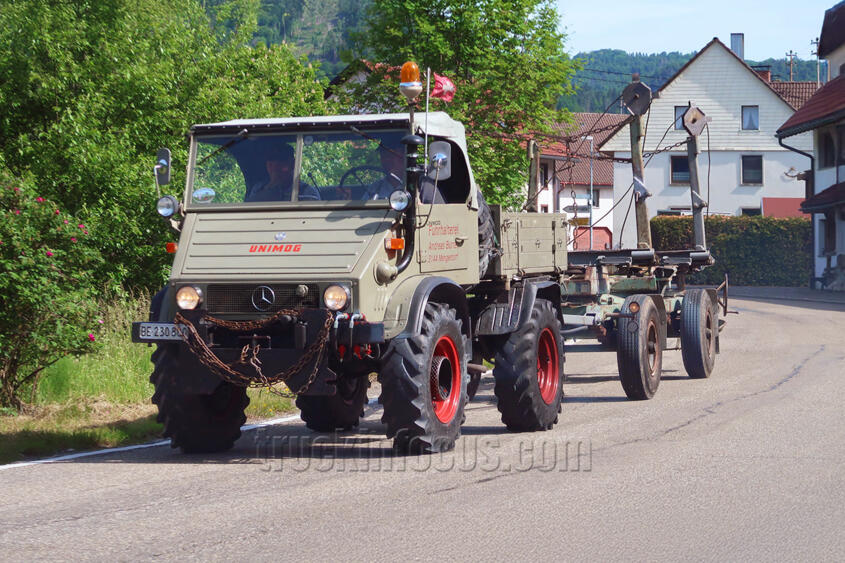
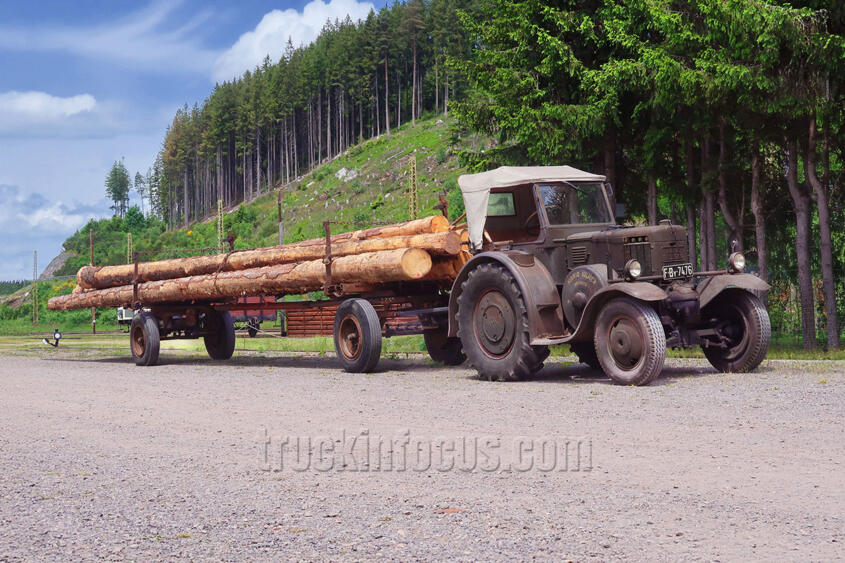
On the occasion of the Historic Black Forest Timber Days, the organizers set up a continuous truck service between the railroad station and the Volk family's historic sawmill in Immeneich so that spectators had something to see at both locations throughout. The logs were repeatedly loaded and unloaded, but some of the general cargo and timber products were only driven back and forth. This was intended to show a lively operation.
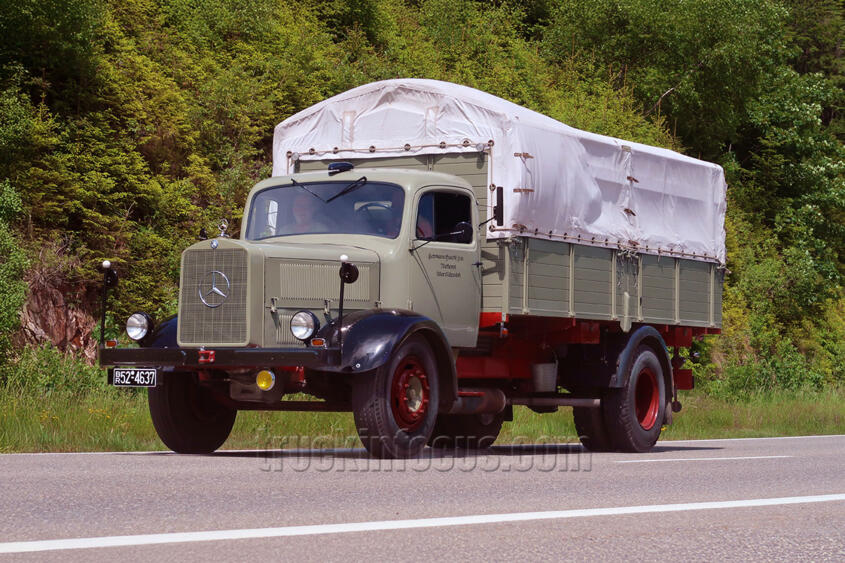
Many spectators drove from the station to the sawmill in their own vehicles. As there was no parking available directly on site, a parking lot was designated not far from the sawmill. A stylish Berna Swiss Alpine bus served as a shuttle to the sawmill and also drove to the train station to bring non-motorized spectators to the sawmill.

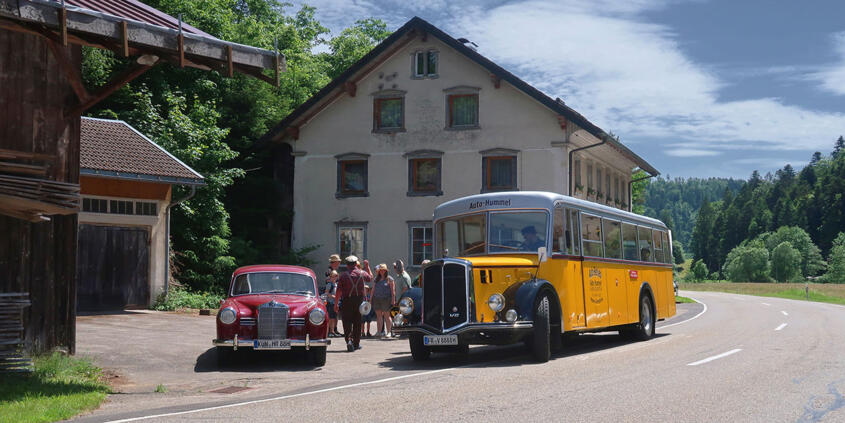
The sawmill itself was an absolute sight to behold. Organizer Jens Reichelt guided the spectators through the spacious rooms and explained the function of the equipment, which has been used to process tree trunks into sawn timber in the same way for many decades. The atmosphere in the historic buildings with their antique machines fascinated every visitor enormously. Accompanied and commented, the visitors were also able to experience the creel and the edger in operation and thus follow the entire process from tree to board at close quarters.
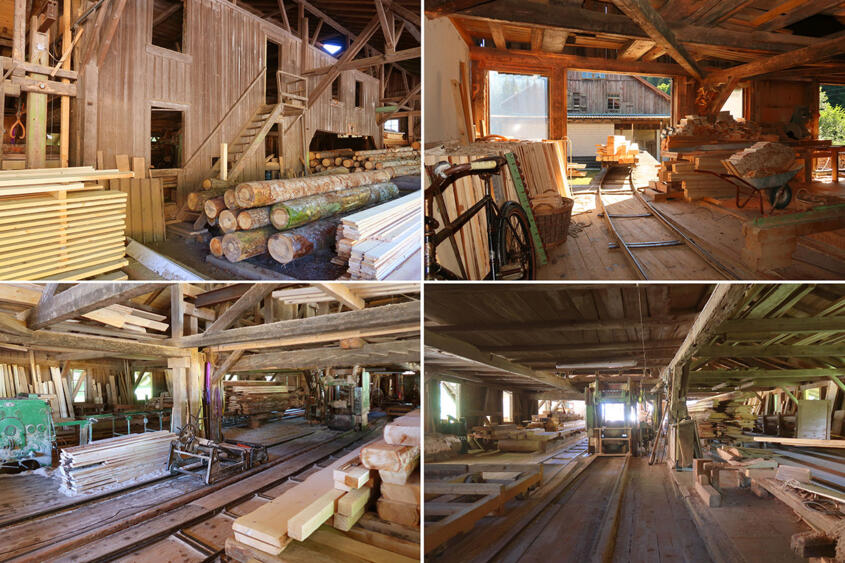

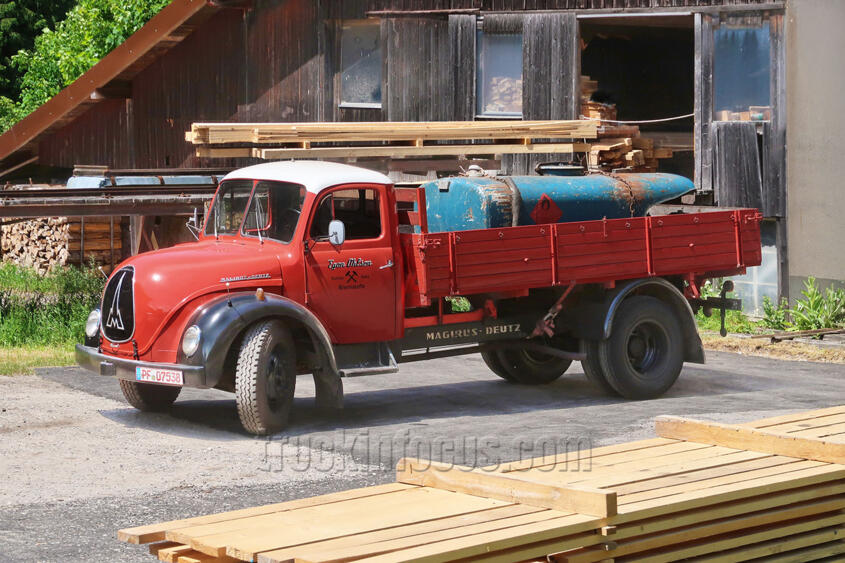
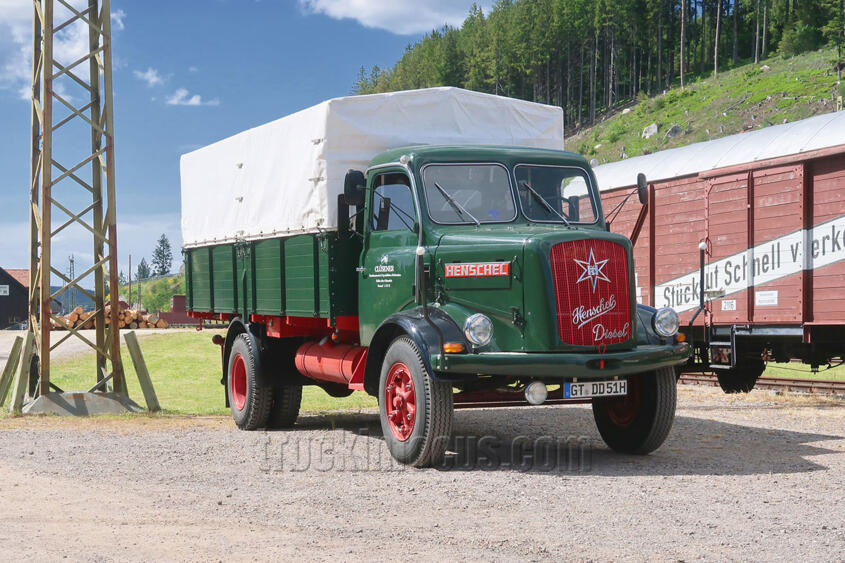
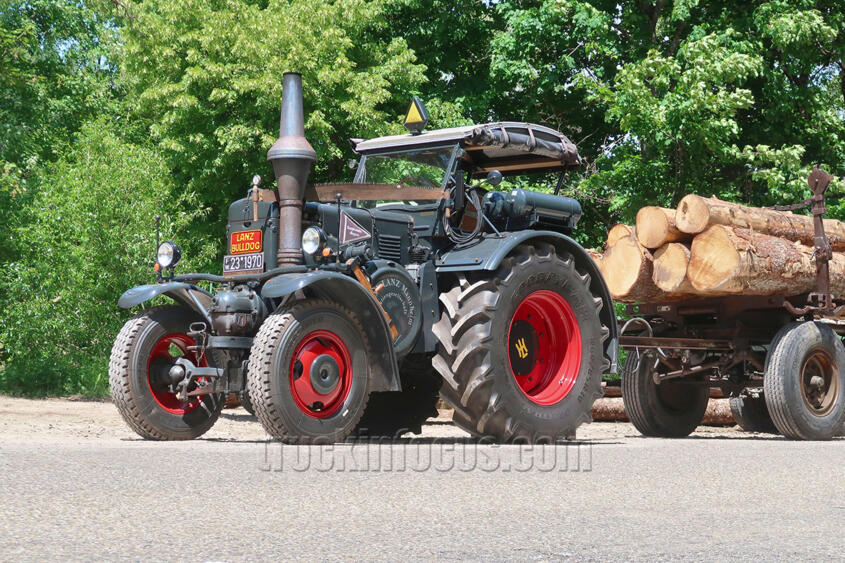
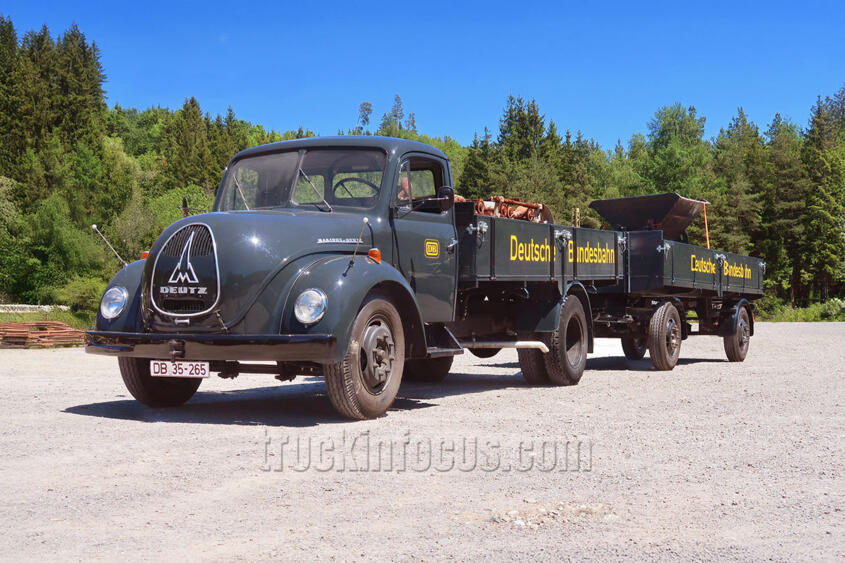
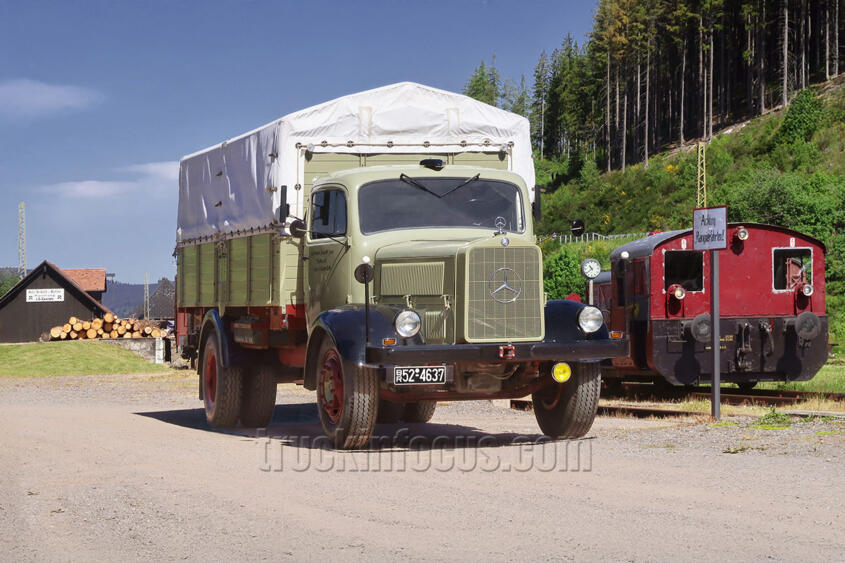
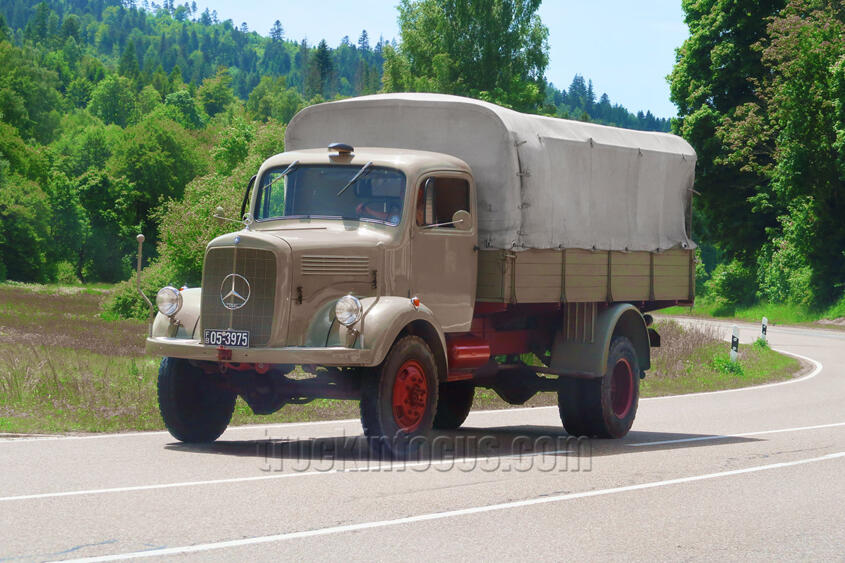
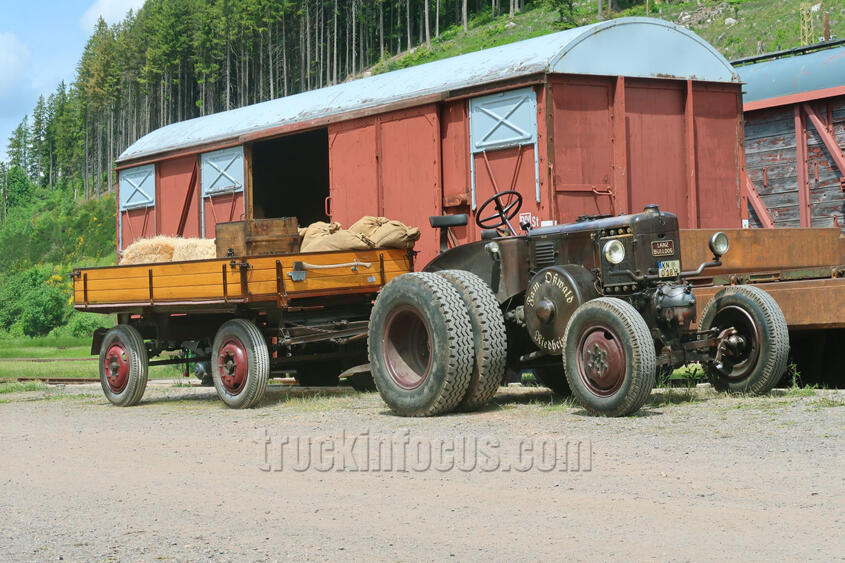
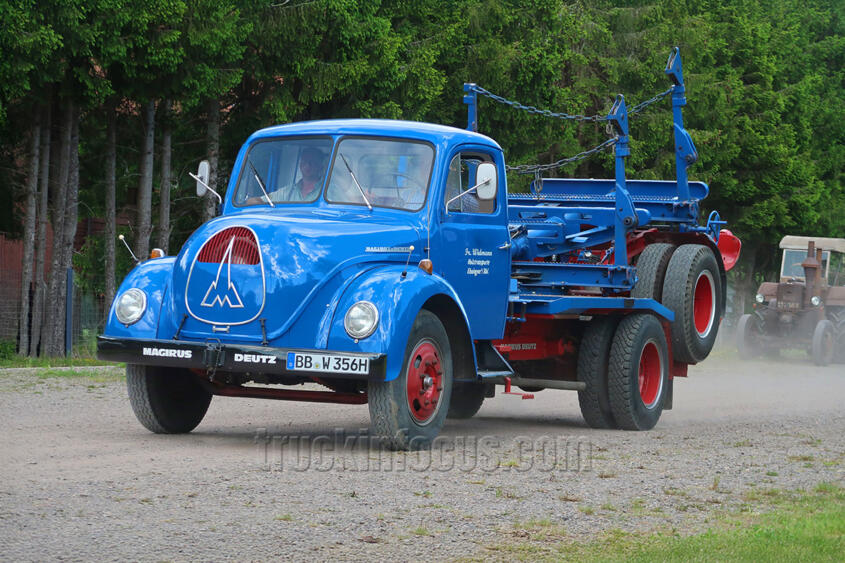
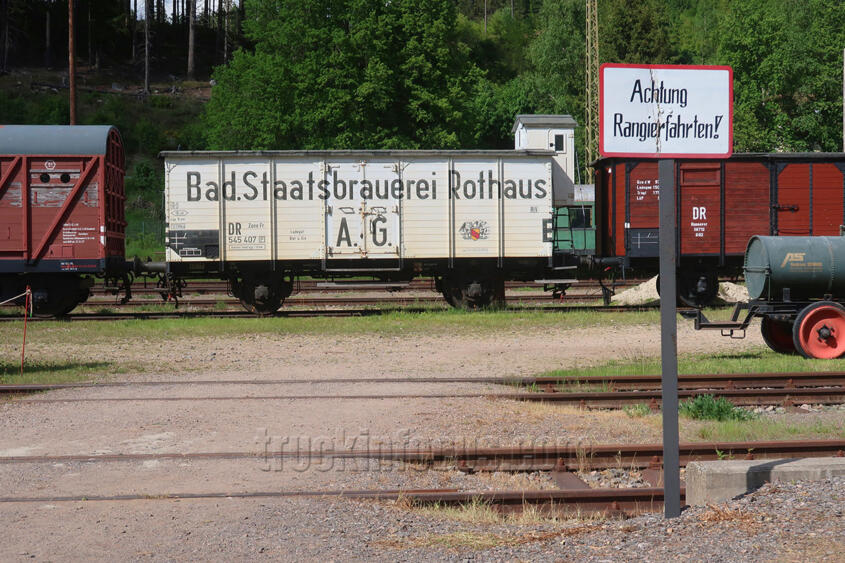
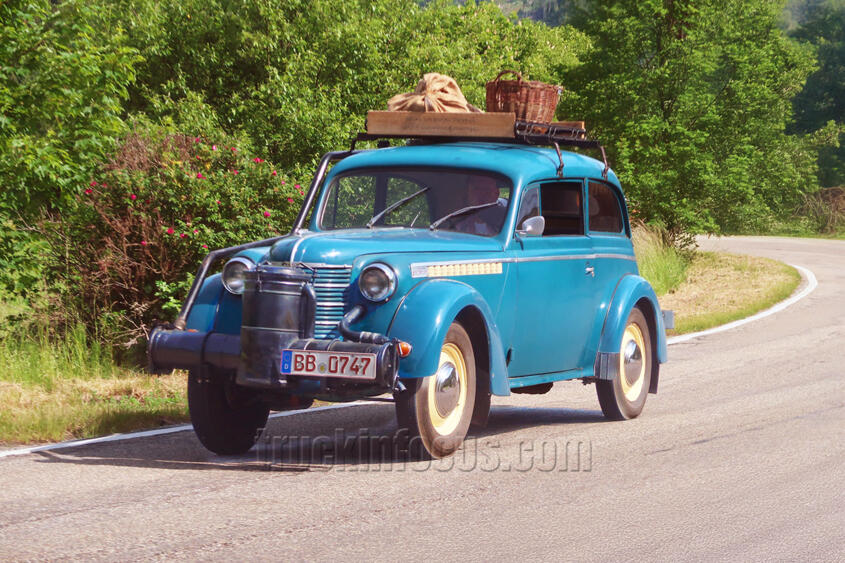
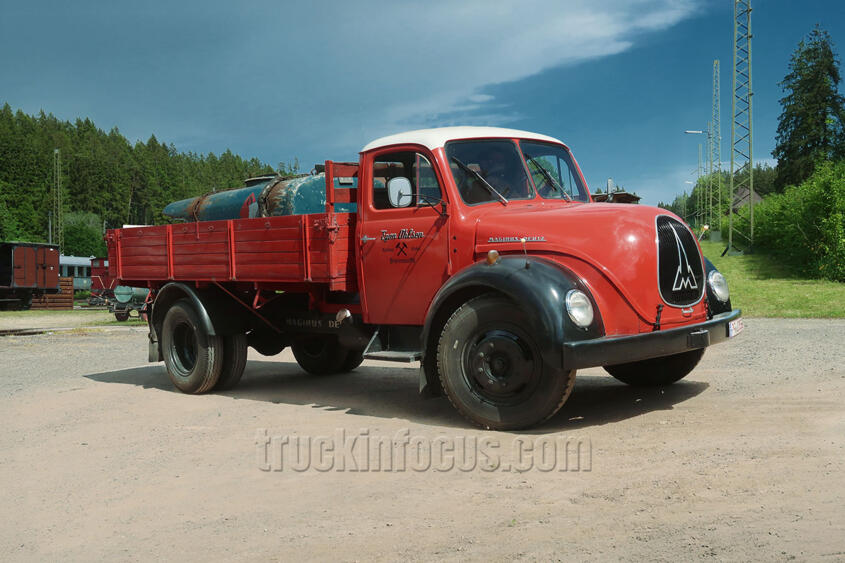
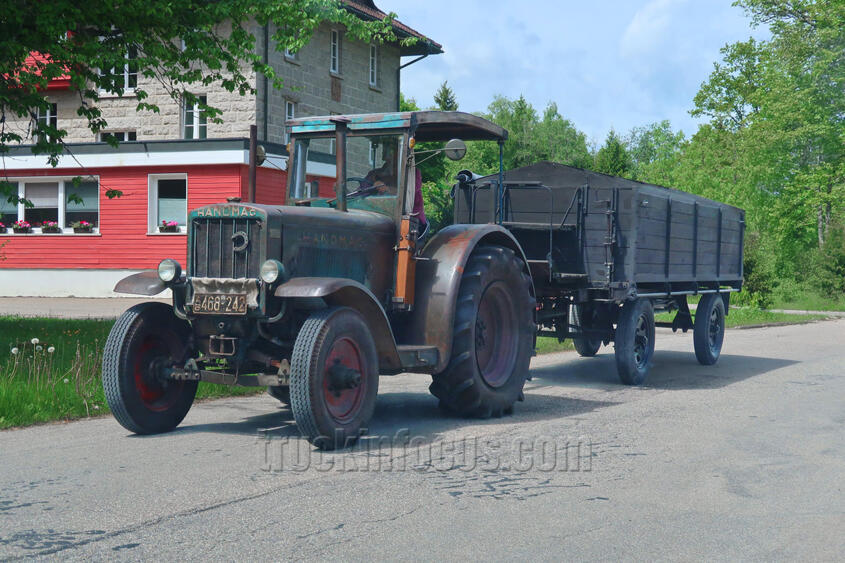
The event attracted many onlookers, some of whom came from far and wide to watch the spectacle. Some visitors also brought along their vintage commercial vehicles without taking part in the event itself. Photos of some of these vehicles can be found at the end of this article. However, the vehicles of the booked participants were the real protagonists. Against the backdrop of the historic station and sawmill buildings, the veteran commercial vehicles really come into their own. This alone made the long journey worthwhile and we are looking forward to the next event at Seebrugg station in the idyllic Black Forest.
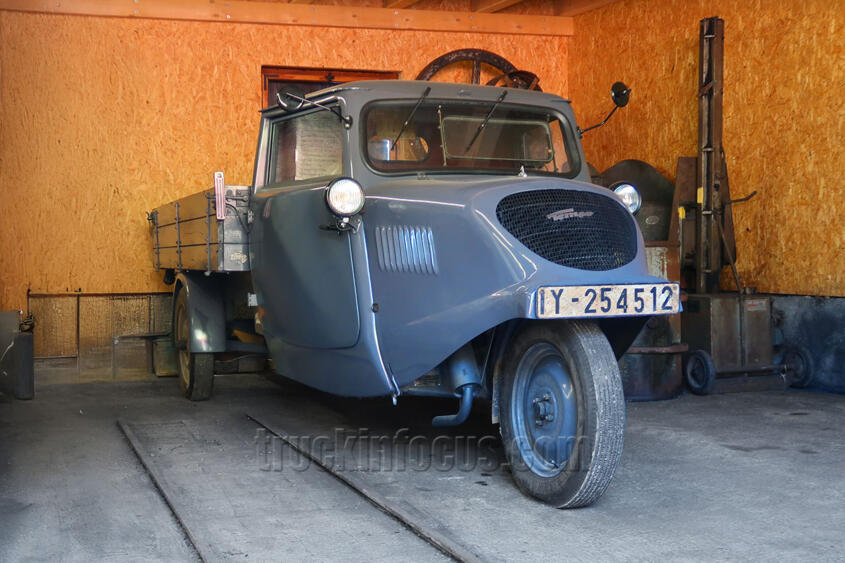
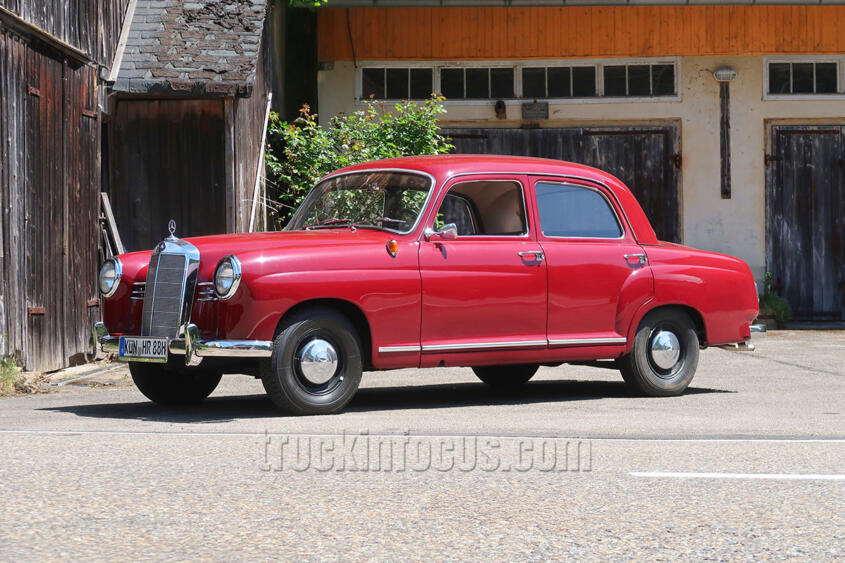
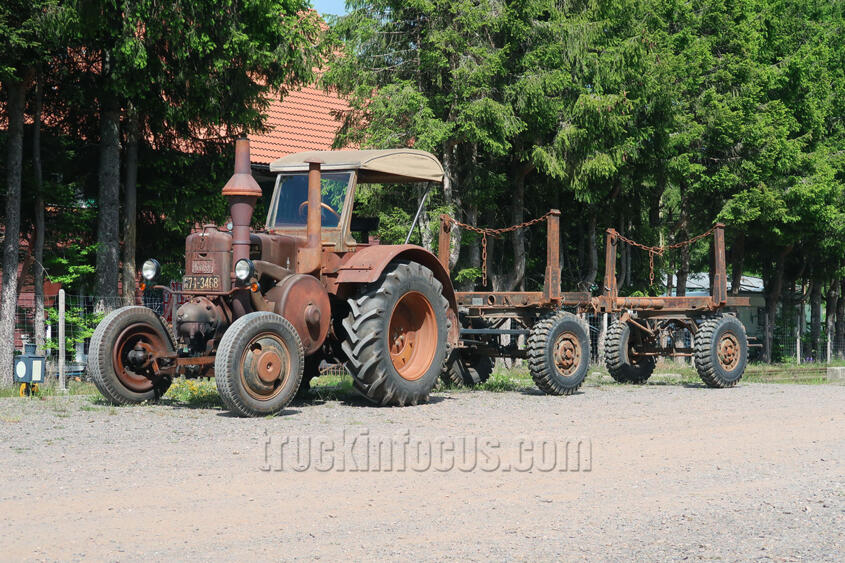
Here are some of the vehicles brought along by visitors:
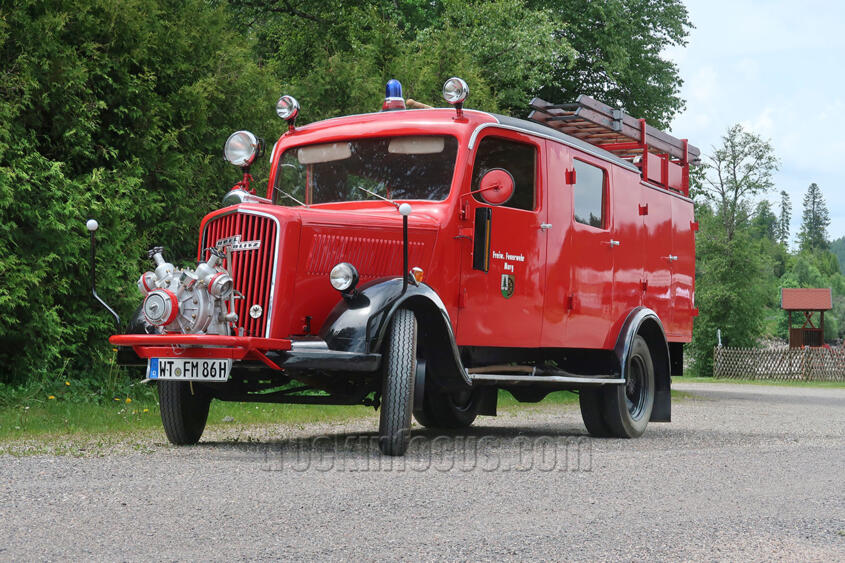
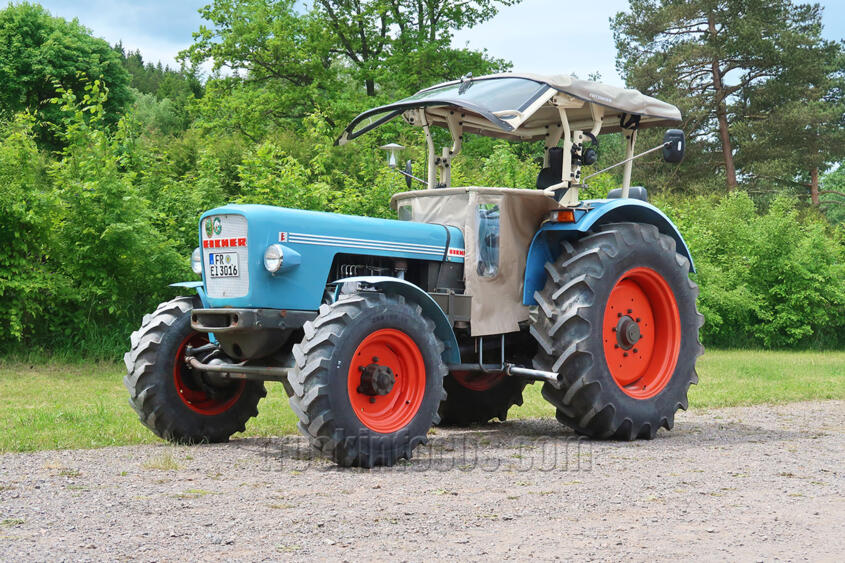

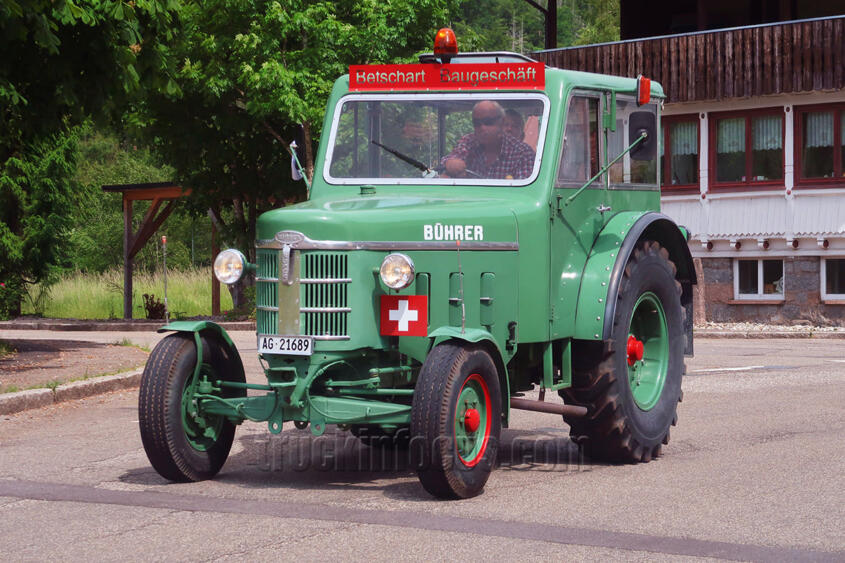
It should also be mentioned that the organizer Jürgen Danner has been known in the vintage truck scene for years for his themed events “Historic container handling and general freight traffic in the Port of Hamburg”. Twice a year, vehicles, equipment, cargo and even the participants are not only shown in action, but also in historically appropriate clothing. You can find out more at https://www.ig-historischer-güterverkehr.de
Text and photos: Steve St.Schmidt
